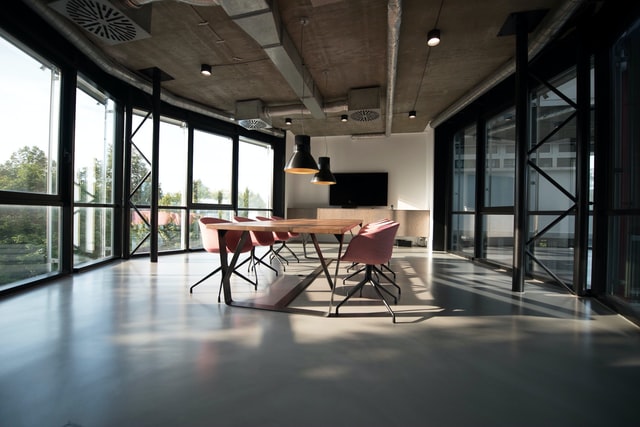When an employee is genuinely engaged in work, they feel invigorated, dedicated, and absorbed.
An engaged employee finds the task so fulfilling that he/she brings nearly limitless physical and mental energy to the job and is energized by its pursuit. They willingly show perseverance and tenacity in overcoming the challenges of the task.
At the pinnacle of work, engagement is flow.
Flow, a term created by psychologist and author Mihaly Csikszentmihalyi, is a state of heightened performance during which an individual feels, “satisfied, alert, in effortless control, confident, and at the peak of their abilities.”
During flow, a person can become completely absorbed in work and lose the sense of time passing.
Csikszentmihalyi contends that achieving flow could be critical to developing a meaningful career and experiencing a joyful life.
We should all be so lucky to have job tasks that leverage the perfect intersection of our strengths and interests, at just the right level of challenge to bring about flow.
While you should strive for this, is your workspace designed for engagement and flow?
Without a workspace that’s conducive to this focused work, it will be more challenging to engage and find a state of flow.
Below are factors to consider as you assess whether your current workspace allows you to maximize your work.
An “Engaging” Workspace
Ergonomic workstation
In genuinely engaged work, you are likely to spend long periods of time at your desk. It’s critical that you can work comfortably. Preferably, opt for a variable height desk that allows you to cycle between sitting and standing. This not only supports a healthy back, but a change in position can also provide a small brain break as well. It also promotes creativity.
Research has found that people are more creative when standing or walking vs. sitting.
Also, make sure that your monitor is at a comfortable eye level and directly in front of you to protect your neck.
If you work on a laptop, this may require purchasing another monitor to get proper alignment for both keyboarding and looking at the monitor.
Lighting
Choosing the right light not only affects how you are visually processing information but also affects you mentally and physically as well.
Cool blue (the color associated with natural daylight) is the ideal color light for a workspace.
Blue light keeps you alert, boosts your mood, and increases productivity. If you have no window and are working under fluorescent lights, supplement your lighting with a task light or floor lamp with a blue-white bulb.
Also, consider a desk-top SAD light to mimic natural light.
It’s important to consider the brightness or direction of lighting. Opt for no-glare or lower-wattage bulbs for overhead lights to reduce glare.
Alternately, you could remove some of the high-wattage bulbs or tubes in an existing hanging light fixture. By adding adjustable, low-glare task lighting, you can move the light as needed to reduce glare on your screen while still having adequate light for paperwork.
Uplighting and diffusers can help control glare too. If you’re lucky enough to have a window in your office, don’t forget adjustable blinds to control potential glare as well.
Noise Control
Hopefully, your office observes some quiet hours for concentrated work. If not, an open-door policy can derail your workflow.
It’s ok to set limits and establish closed-door, quiet time. You can always reconnect with your colleagues on a break.
Snack Time
You can’t think if you’re hungry and dehydrated. That’s a fast track to fatigue, headache, and a lack of focus.
Keep a stash of healthy snacks like fruit or trail mix and water on hand to fuel your body during these extended periods of engaged work
Lose the Clock
The goal of engaged work is flow, and with flow comes total absorption in the task to the point of losing all sense of time.
If a clock is staring down at you, ticking in your ear, flow can be hard to get into. Remove or temporarily hide the clock, even the clock on your computer desktop.
Also, protect your smartphone, turn off alerts and notifications, and add an away message on your email to minimize possible distractions.
Inspirational Setting
Engaging work requires creativity. Does your space inspire creative thought and problem-solving?
If not, it might be time for a workspace re-do.
We’ve already talked about how blue lighting is optimal, but don’t stop there with the color blue. Blue is also a color that we subconsciously associate with openness and tranquility, according to a 2009 research study.
Researchers found that while in this de-stressed state of openness and tranquility, people were receptive to new ideas and, therefore, more creative.
If you don’t have blue in your space now, consider blue walls or artwork/décor.
While you’re at it, take another cue from nature’s color palette and add some green. Adding plants can bring the nature vibe indoors and allow you to reap the relaxing benefits while at work.
Also, if you want to produce inspiring work, it might help to work in an inspiring space. Add images or artifacts that inspire and motivate you.
You spend hours every week working, so why not strive for engaged work?
If your current workspace doesn’t support that goal, it’s worth taking some time to design a space that inspires the possibility of engagement and flow.
